
More muscle – higher metabolism
When newcomers to the gym decide to get rid of subcutaneous fat, many of them make the same stupid mistake: they lend weight loss strategies from more experienced colleagues or professional athletes in general, as a result of which it becomes impossible to maintain their own muscle mass.
Sure, they begin to lose weight, but along with the fat they lose almost as much quality mass, which is not so easy to regain. In the end, they simply become a smaller version of themselves, adding nothing in aesthetics or physics. Yes, visually you are getting smaller, and the scale will show that the pounds are going away. Maybe even a nutritionist will praise you for striving for your healthy weight. But in reality, it is unlikely to help you look better. And that, after all, is the ultimate goal of training and dieting.

The number 1 priority when trying to get rid of body fat should be maintaining muscle. Losing muscle is not acceptable! By following the opposite path, the beginner is backing himself into a corner because muscle tissue is metabolically responsible for a significant portion of the fat we lose. 10 pounds of muscle burns about 50 calories a day, even while resting. So if you lose 10 pounds of muscle, you’ll burn 50 fewer calories daily… or 350 calories per week. On a long run, this could be the difference between having or not having results.
The issue of insulin sensitivity also needs to be considered. When an athlete has a lot of muscle volume, their insulin sensitivity is more heavily weighted toward gaining muscle mass. It’s simple – bulky muscle mass has more insulin receptors, which increases the muscle’s sensitivity to a given anabolic.
This means that most of the nutrients you consume will accumulate in the muscle rather than in fat tissue.
And lastly, having a lot of muscle mass, a bodybuilder can work with heavier weights and train harder, which increases the number of calories burned in 1 session.
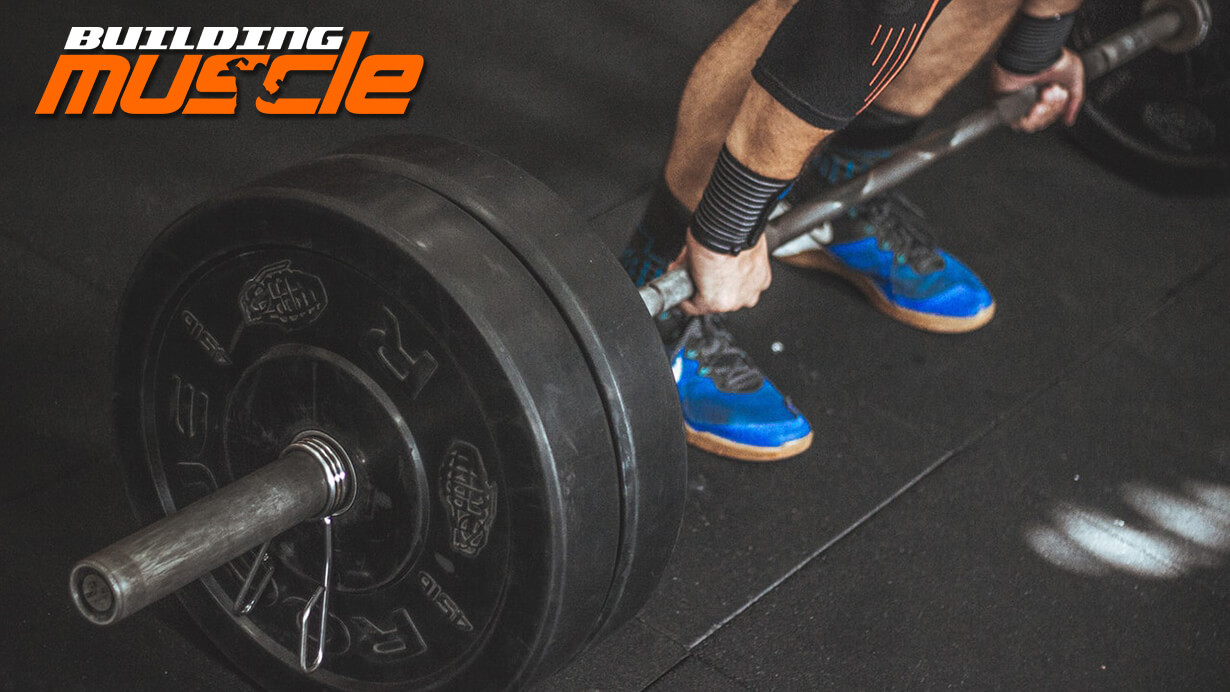
As you can see, taking care of your muscles while dieting is not just important, it is vital! So next, here are 7 common mistakes in diet and workout plans aimed at burning fat.
- Cardio on an empty stomach
Fasting cardio is most often done early in the morning – and not news to anyone who’s been into bodybuilding for longer than a couple of weeks. Let’s not say that cardio workouts on an empty stomach are useless, because they’re not. They work, but only under one condition – when the athlete protects his muscles with sports pharmacology (anabolics). For the natural athlete, however, morning cardio on an empty stomach is an easy way to burn the hell out of his muscles.

First, your body’s cortisol concentration peaks in the morning hours (you feel a burst of energy in part due to the cortisol spike when you wake up in the morning). If you don’t eat, your “stress hormone” levels remain high and may even increase. And if you also add cardio, which also contributes to the rise of cortisol, expect disaster. Among natural bodybuilders, high levels of cortisol are one of the most frequent causes of loss or inability to build muscle mass.

But that’s not all. If the “stress hormone” surges too much, then you have to put up with a loss of strength. That is, a whole day that could have been spent training and anabolism, you will spend in a catabolic state.
We are neither for nor against cardio. Some people need a slim body, some people are looking for mass. However, many jocks are too careless about incorporating cardio exercises for weight loss into their training cycles. When you need to lose weight with cardio exercises, think twice before doing them on an empty stomach.
It is generally accepted that the best way to spend maximum calories with cardio is to exercise during what is known as the post-absorptive period. This means exercising in an “in-between” state – not on an empty stomach and not while digesting food. The post-absorptive period occurs when there are still enough nutrients in the bloodstream, but not too many to interfere with fat oxidation and calorie expenditure.
When you do cardio on an empty stomach, your fat oxidation rate over 24 hours will be noticeably lower. This is probably because the metabolic rate drops quickly or does not increase, and also because working on an empty stomach is more likely to cause fatigue. In response, to comply, the athlete instinctively lowers the amount of exercise during the day.
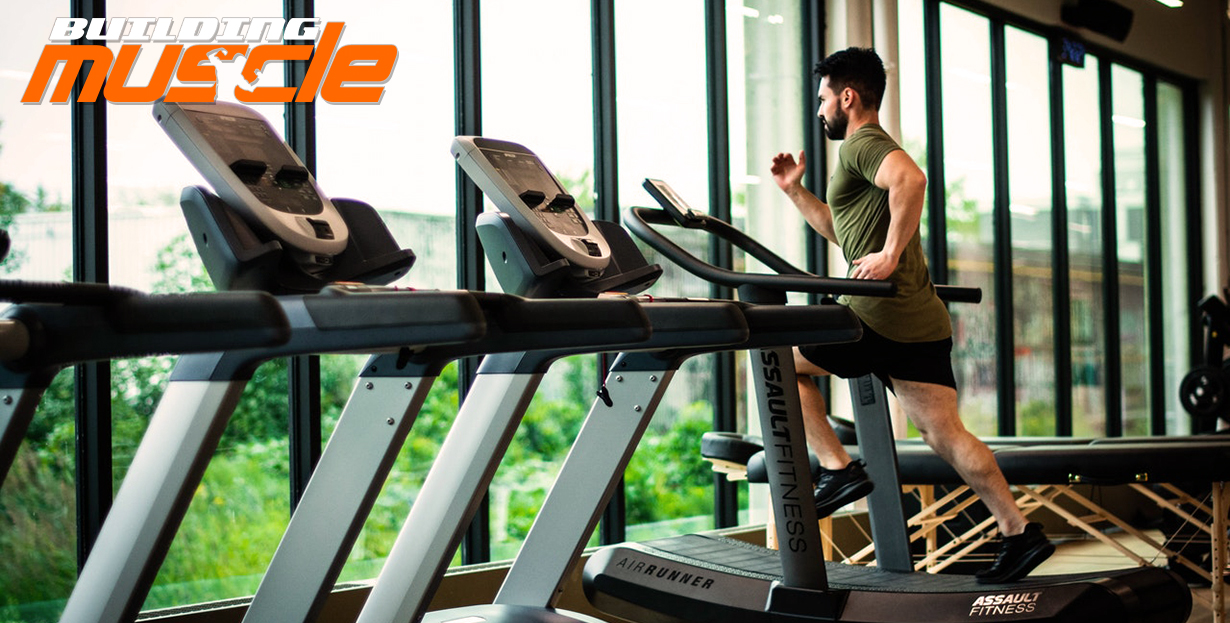
On the other hand, performing a cardio workout on a full stomach is no better. It leads to less oxidation of fat and more oxidation of glucose. Not to mention the fact that most people have a harder time with the energy-consuming work of digestion.
The way out is to exercise to lose weight immediately after digesting (not to be confused with consuming) nutrients. Unfortunately, with solid foods, it is almost impossible to determine how quickly they will be digested. Timing varies from body to body and even depends on the time of day when the meal took place.
To summarize: avoid cardio on an empty stomach when you are trying to lose the whole and not using anabolic steroids. Do weight loss exercises in the post-absorptive period, which minimizes muscle mass loss and promotes fat burning for 24 hours.
- Less weight + more reps
Maintaining or increasing strength levels is by far the best way to confirm that you are not losing muscle mass. When an athlete keeps pulling heavy weights, it forces the body to retain the muscle it believes it needs to survive. And if you reduce the working weights, the body will think you don’t need as much strength – hence, you can reduce muscle volume. Why does the human body do this? It makes sense: it takes a lot of calories every day to maintain huge muscles, and when the body doesn’t see the need for a mountain of muscle, it prefers to get rid of it. Who needs freeloaders!
The situation is worsened by increasing the number of repetitions in parallel with decreasing the working weights. Sometimes this is done to sharpen muscles (give quality). Unfortunately, it doesn’t work that way.

You can’t change the type or ratio of muscle fibers through exercise, exercise allows you to make your muscles either bigger or smaller – everything! You have to burn fat and excrete water to become more toned.
The good news is that there aren’t many idiots out there who think that reducing the equipment and increasing reps works for muscle definition. This approach can only be useful in one case, when the lifter is already done with the main workout (heavy weights, deadlifts, and so on). But even then you may damage your own muscles, as there is a risk of interfering with recovery.
If the number of calories is reduced, as with dieting, your ability to recover from the workout is already limited. Adding extra workout volume can trigger regression in both performance and muscle size.
What’s the moral of the story? Do what you can at a minimum to maintain your current strength level when you go on a diet. But keep in mind that you won’t achieve your goal if you decide to lower your working weights and increase your reps, on the contrary, you may do noticeable harm.
- Moderate Intensity and Stable Cardio
Suppose you decide to add cardio to your fat burning plan, but are faced with two options that are on opposite ends of the spectrum. So you don’t know what to do. On one side we have low-intensity exercise, like walking outdoors or walking on an exercise machine, and on the other we have high-intensity work, such as HIIT (high-intensity interval training).

As a result, many novice jocks find something in between – moderate intensity and steady cardio. However, this is a trap! The fact is that this type of work to burn fat leads to a maximum increase in cortisol levels. The workload is heavy enough to stimulate the release of the “stress hormone” and long enough to keep it at harmful levels.
In comparison, low-intensity cardio, like the aforementioned walk in the park, although it will be long, proves not to be heavy enough to trigger a dangerous cortisol release. In fact, on the contrary, it can stimulate a decrease in its concentration and produce a relaxing effect on the athlete’s body.

What about high-intensity cardio exercises? There is nothing wrong with them either. Yes, they can cause an increase in cortisol production. But their duration is not long enough for the “stress hormone” to rise and remain at a harmful level for a long time.
What’s the bottom line? Either apply a prolonged low-intensity workout (a relaxed pace at which you can maintain a conversation) – 45-60 minutes will be enough, or a high-intensity but short voracious workout for, say, 10-15 minutes.
This is why experienced bodybuilders are so fond of exercises like the farmer’s walk. Three to five minutes is all you need to get an amazing fat-burning effect without the risk of burning your own muscles. In some cases, it even helps to increase them!
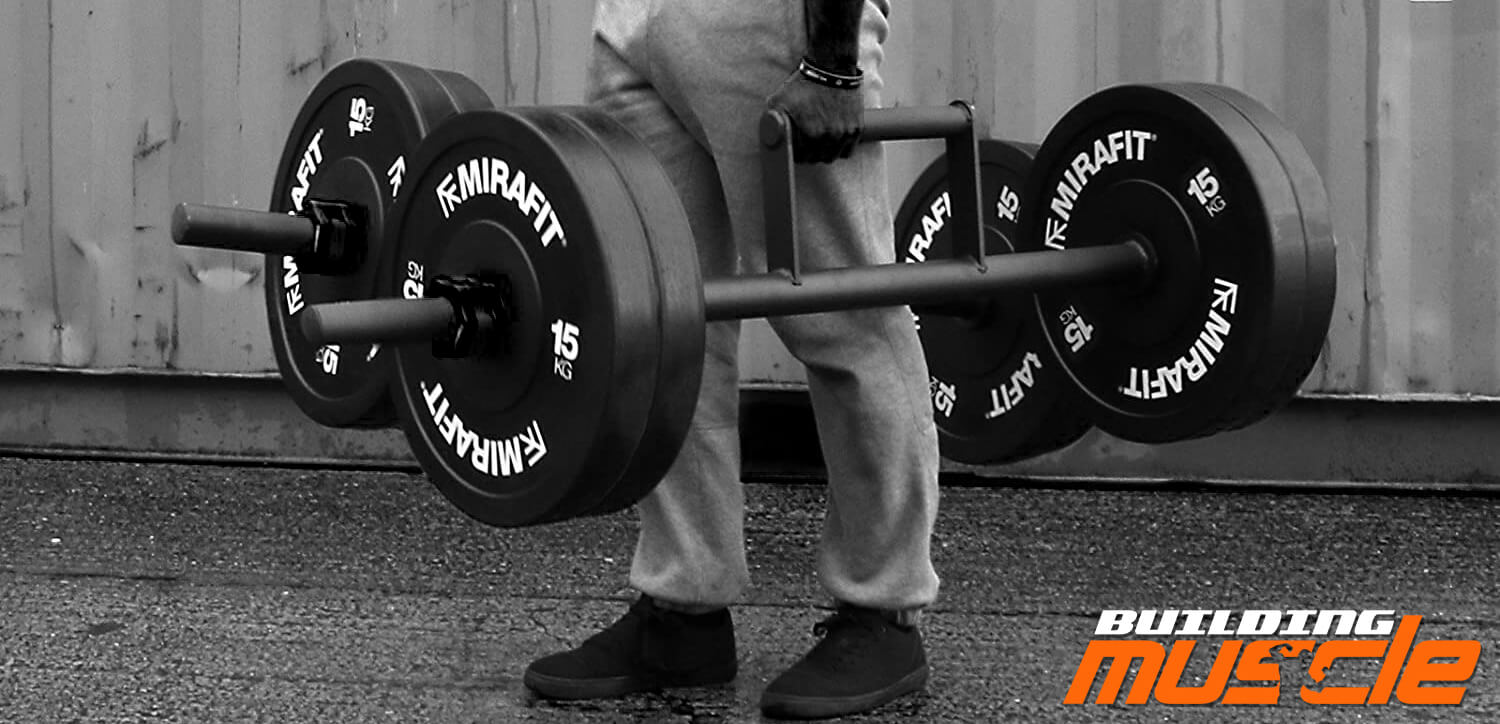
- Changing too drastically
There are many psychological obstacles on the way to burning fat and changing your body for the better. Every jock wants his dream body, and he wants it here and now. But this way of thinking leads to the fourth mistake on our list – too drastic changes in the daily routine.
Surely you know someone, or someone you know, who immediately went on the toughest diet possible. A beginner without a sense of proportion is trying to survive on 50 grams of carbohydrates and fats a day, limiting himself to 1200 calories, or even less. On top of that, he does 90 minutes of cardio (or 120 minutes of exercise broken into 2 sessions) every day, does circuit training and crams in all kinds of weight loss products.
Cool. But how long do you think a person’s body can last? And, more importantly, how long does it need to adapt?
Let us answer for you: the body adapts to such restrictions and activity level in 4-6 weeks (on average), and then the loss of fat will almost completely stop. Of course, if anyone is able to endure 4-6 weeks at this pace at all. Most likely, already after 7-14 days, the grief-stricken athlete will face deterioration of health, depression, insurmountable hunger and lack of energy. This is not counting the muscle mass eaten during the intolerable diet.
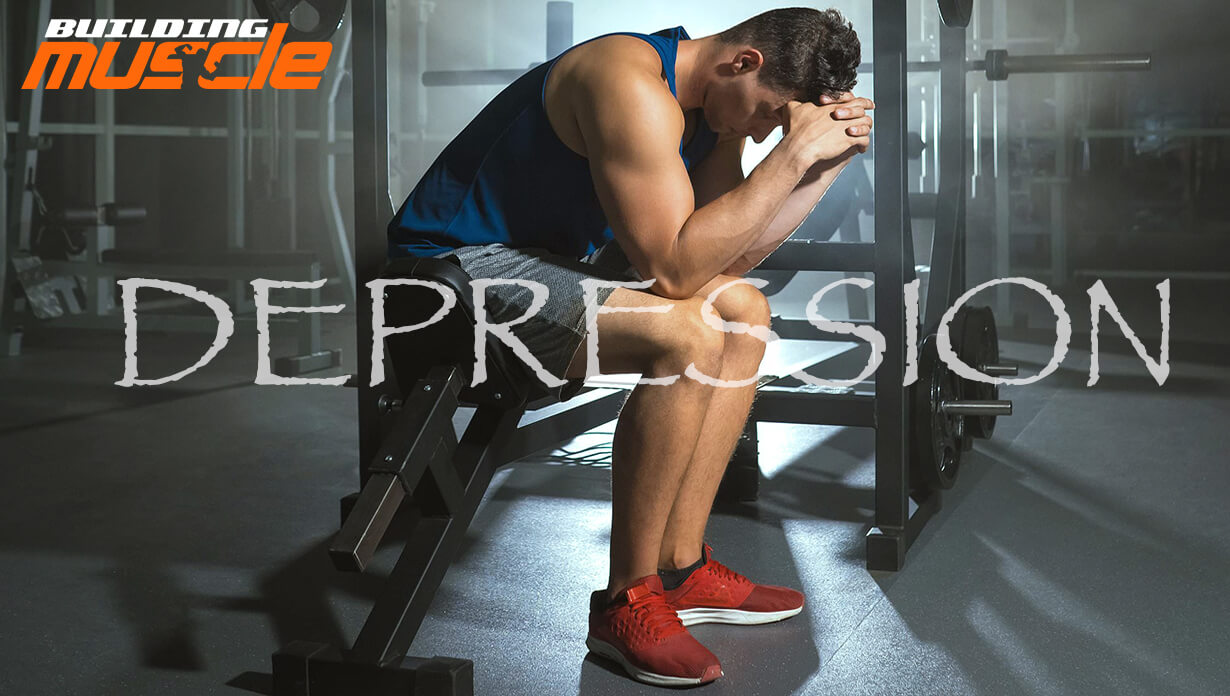
Let’s say he was able to last 4-6 weeks. What next, after the fat-burning stops? What can he do to restart the process? Basically, nothing, because the unsuccessful bodybuilder has already loaded his body to the maximum. There’s nowhere to go lower, either in terms of training or nutrition. The dead end is that the extra weight may still be gone for a while, but the weight loss will be so slow that it will be easier to lose it than it is now.
One piece of advice here: avoid excessive steps right from the start. Stick to a diet and exercise plan that allows you to lose fat at your own comfortable pace. Otherwise, you won’t be able to maintain your strength and muscle. The more conservative you are in the beginning, the more opportunities you will have to lose weight afterwards, when fat burning begins to slow down.
If you so desire a Darwin Award, you can get it in more interesting ways than by exhausting yourself by starving yourself and slaving away in the gym.
- Increasing the amount of exercise at the expense of the amount of exercise
When a person wants to get pumped up, he logically adds exercise to his own regimen. But as of late, this doesn’t always work.
In particular, adding more exercise to your cardio workout won’t help you improve your muscle definition or shape. We’ve already said that by exercising regularly, you can only change the size of your muscles. Nevertheless, many bodybuilders continue to go the old way because they believe they can “work” the body from all angles this way.
What about size? Is it possible to increase muscularity through additional exercises? Sure, if you are at a caloric surplus. If, however, you are in a caloric deficit, it will be difficult to maintain at least the muscle you have as you increase the amount of physical work you do. This is out of the question for positive dynamics in gaining weight.
Also, keep in mind that without pharmacological support, it is not easy to achieve a pronounced increase in muscle strength in any case. Since you will not be in optimal physical condition that promotes anabolism, adding more exercises will only result in additional energy expenditure. Which, in turn, can slow down recovery from gym work – not something an athlete who wants to maintain gained muscle mass should strive for.
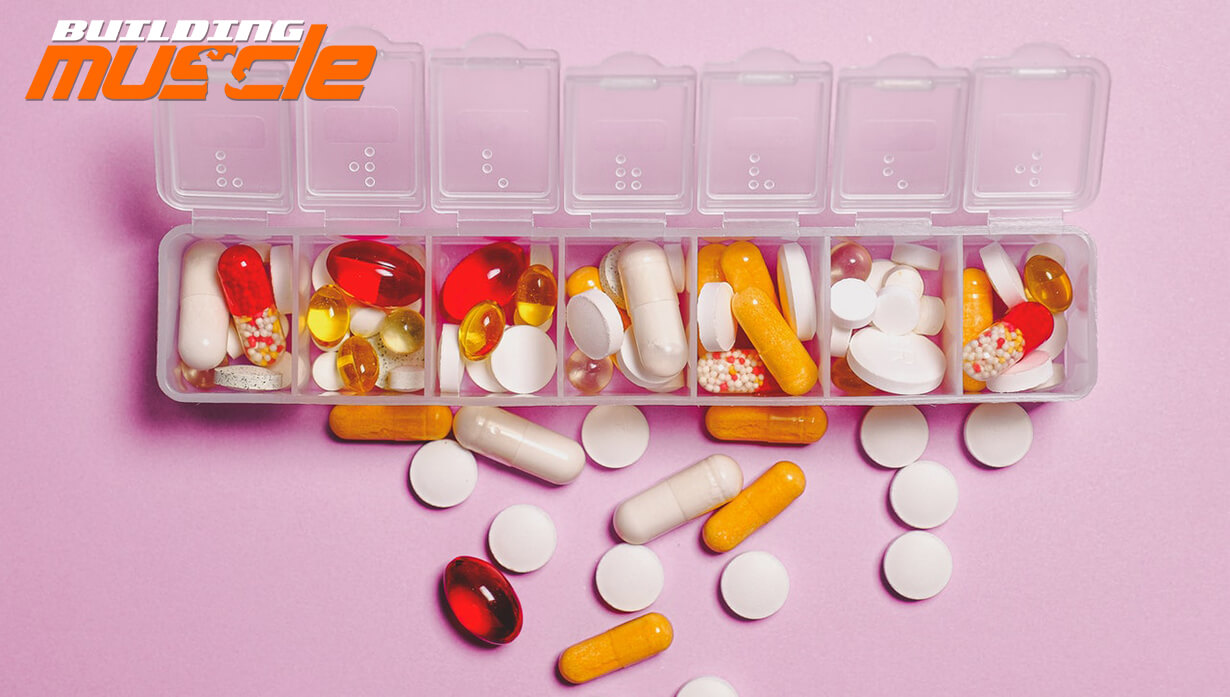
But after all, online experts swear that increasing workout volume at the expense of the amount of exercise leads to muscle growth, right? The most likely explanation here is inflammation (not to be confused with hypertrophy or hyperplasia). There may be a feeling, even a semblance of muscle swelling. Believe me, it won’t last long. And later on, you risk losing the ability to muscle pump.
What to do? Focus on bigger presses to maintain strength. You’ll be able to “tighten up” the lagging parts of the body when you gain mass on excess calories. It’s best not to do this during your drying off period.
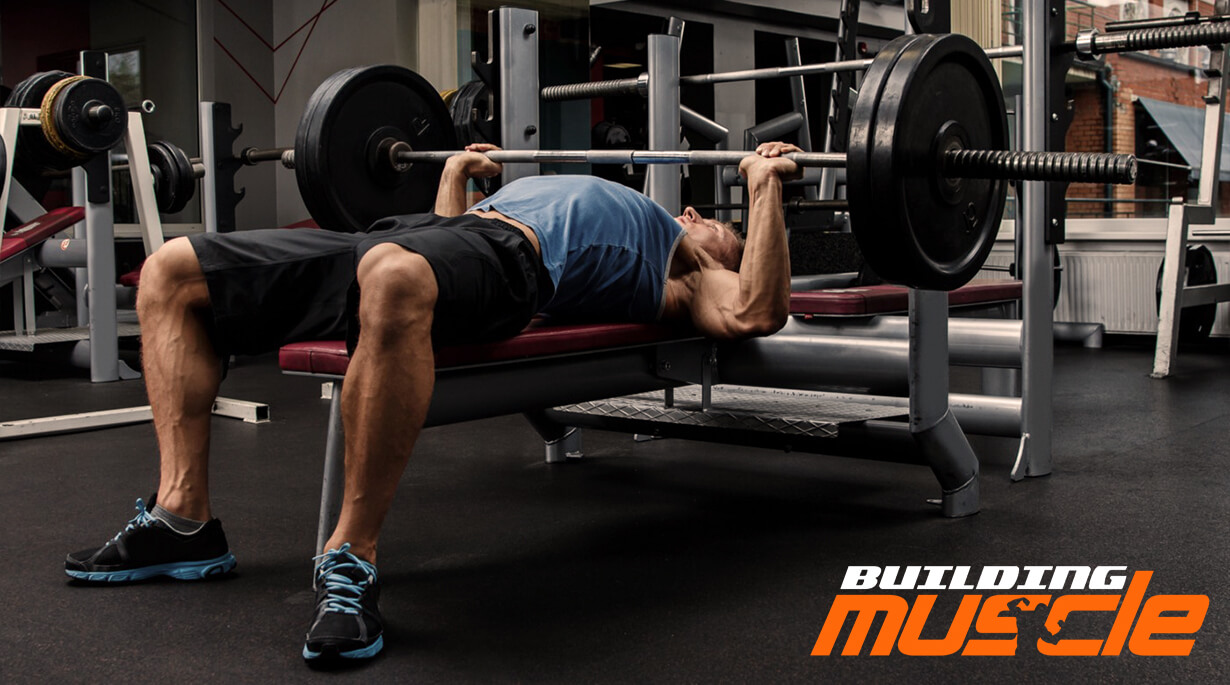
- Lack or lack of carbohydrates for exercise
This is probably the most common problem. Even many experienced jocks make this kind of mistake. All because for a long time, carbohydrates have been considered the enemy of weight loss. The problem became especially prominent a couple of years ago, during the boom of low-carb diets. Some people become so afraid of carbohydrates that they completely refuse to eat them during a workout (before, during or after it).
But after all, when dieting hard, consuming sports nutrition with functional carbohydrates, fasting di and tripeptides acts as insurance against the loss of muscle mass.
In any case, during the period of weight loss it is advisable to increase the intake of nutrients for training, and then during the day you can reduce the intake of carbohydrates and calories. It has been proven in practice that this results in equally effective and safe fat burning for the athlete.
Do not be afraid of training carbohydrates, for example, the highly balanced cyclodextrins in some sports nutrition on the contrary contribute to the fat-burning process. They will not be deposited as fat, and more importantly, will allow you to work harder in the gym, stimulating your basic metabolism and weight loss.

- Cardio before bedtime
Cardio shortly before bed became popular in tight bodybuilder circles when word leaked out that eight-time tournament champion Ronnie Coleman was preparing for the Mr. Olympia this way.
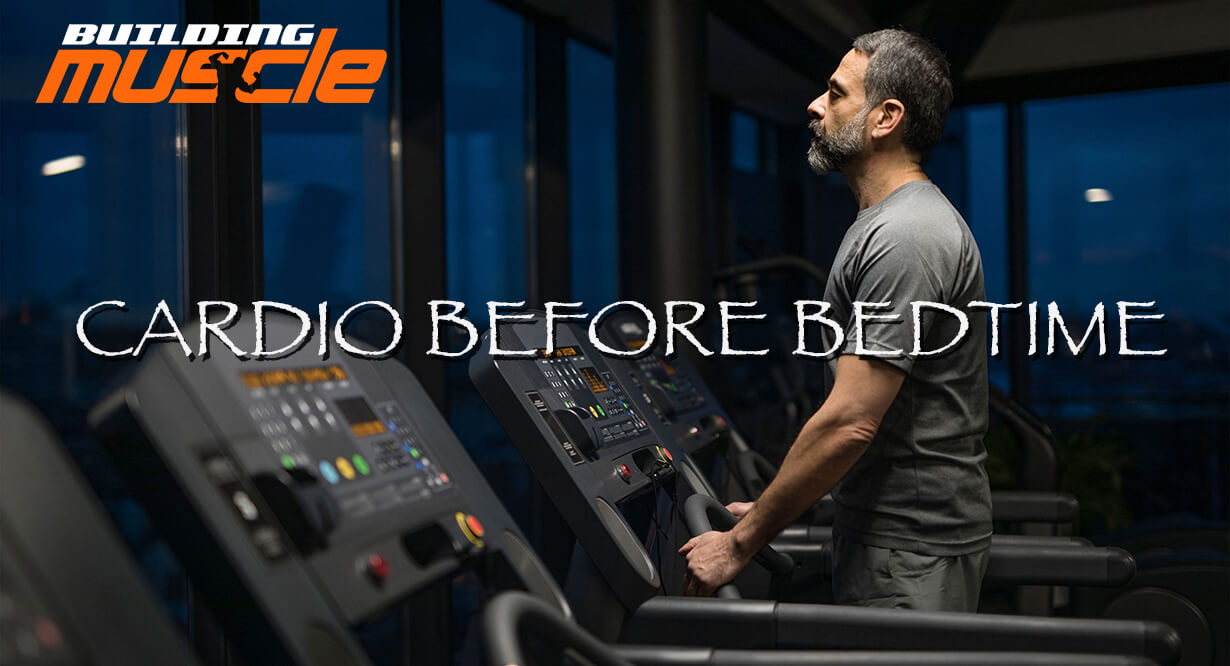
Sports pharmacology changes your physiology. For example, androgen steroids and cortisol share cellular access. Without going into physiology, this means that the more androgens you have in your body, the less impact cortisol will have on it.
Doing cardio exercise, especially at a moderate pace, provokes an increase in cortisol levels, and in a normal hormonal cycle in humans, cortisol should be at a minimum before going to bed. By having a higher than normal “stress hormone” (due to a recent cardio workout), you make it harder for yourself to fall asleep and therefore interfere with your natural recovery processes.
Worst of all, this can turn your 7-10 hour nap into a prolonged catabolic episode. Solid minuses if you value your own muscle mass. To preserve muscle mass, recover faster from your workout, optimize your hormone levels and cycles, and avoid morning fasting cardio or cardio shortly before bedtime.
In conclusion
In conclusion, all of the information listed fits into 7 simple points:
- Continue to use heavy weights on base presses.
- Don’t overdo the number of exercises. In bodybuilding, more is not always better.
- Don’t try to burn more calories by lifting weights.
- If you decide to go for cardio, choose either low-intensity workouts or short but hard ones. And make sure you’re in a post-absorptive state during your walkout. Also avoid cardio workouts at night.
- Don’t try to level out the lagging muscle groups while you’re on a calorie deficit. The best thing to do is to maintain existing muscle mass and strength levels. Making drastic adjustments during this period is not recommended.
- Don’t give up your workout carbohydrate intake. Increase your intake of nutrients.
- Start at a measured pace. Perform as much as you need to progress. Losing 2 pounds of fat per week is already a good result, after which you can tighten up your weight management measures.



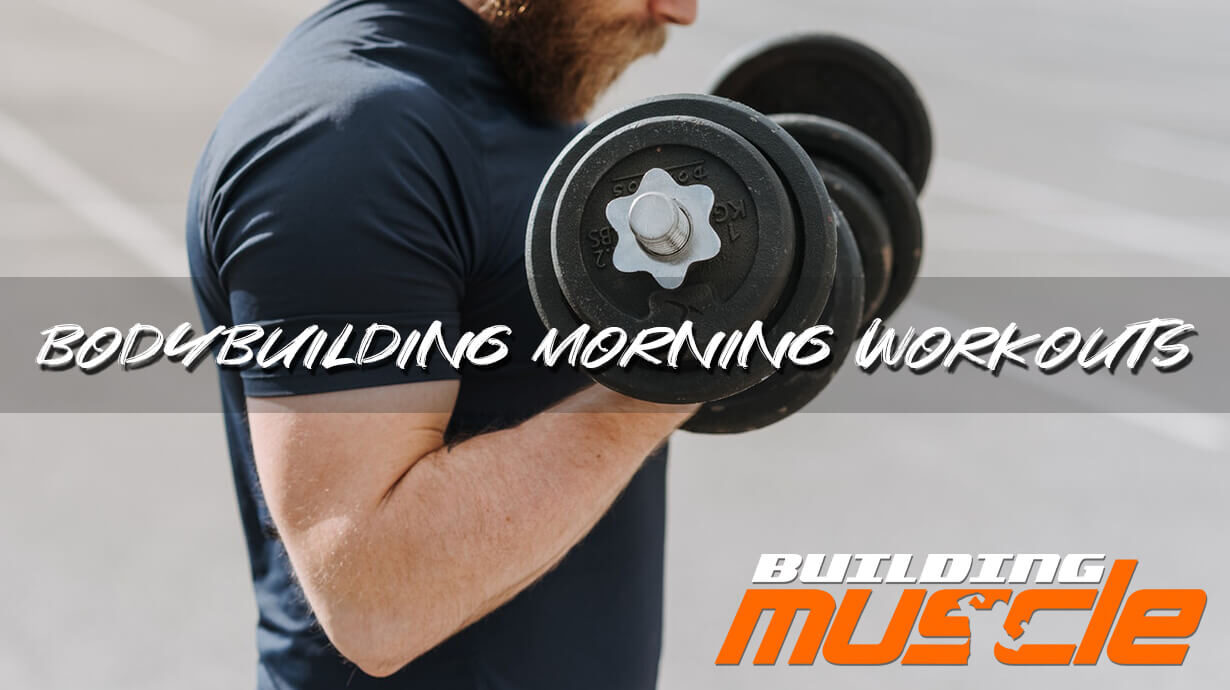








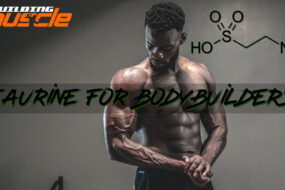
No Comments